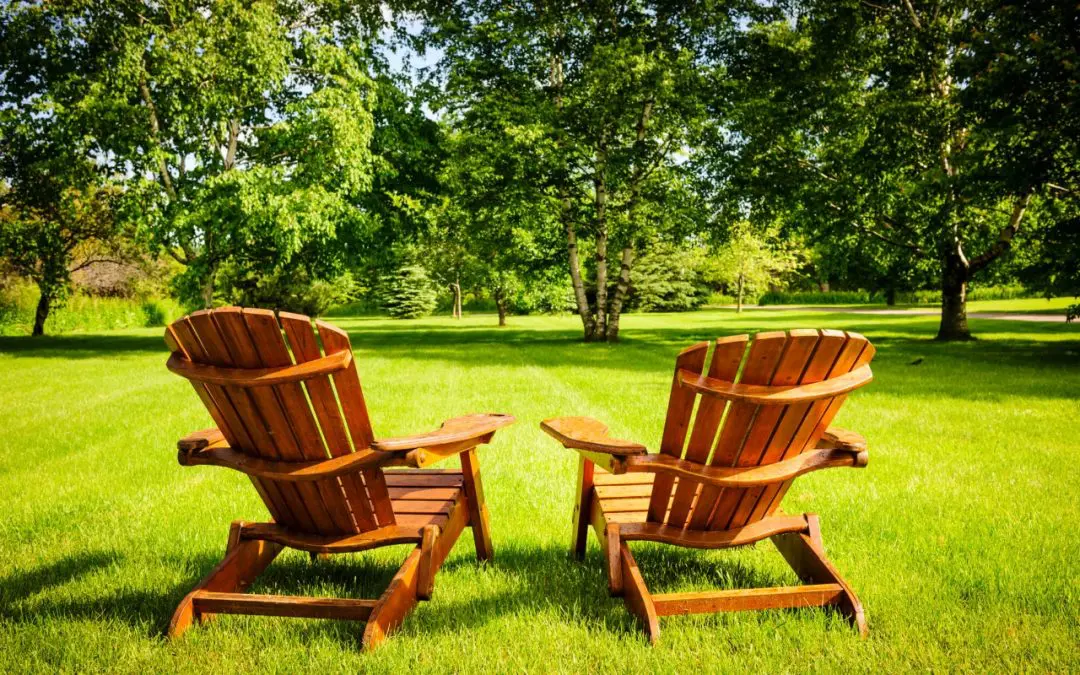Trees provide shade and life to your yard while keeping cooling costs down in summer. Just like any plant in your landscaping, trees are healthiest when given the proper care. Keep your trees well-maintained with these six tips to care for trees at home.
1. Plant Trees in the Right Place
When adding new trees to your property, choose a place that’s well away from power lines and underground utilities. Give roots plenty of room to spread by planting trees away from the home and other structures. By doing so, you’ll also keep branches away from your roof and siding.
2. Trim as Needed
Trees will need to be trimmed occasionally to remove dead or damaged limbs and keep branches away from the home. Over-pruning or trimming can slow a tree’s growth, so be thoughtful about when and how often you do this. Prune in winter when the trees are dormant. In the summer, clear away dead or damaged areas to keep trees healthy.
3. Add Mulch to Care for Trees
Mulch adds a finished look to your landscaping. More importantly, mulching helps retain water, slows weed growth, and insulates the roots from extreme temperatures. Spread a layer of mulch that’s 3-4″ deep around the base of the trees, keeping it about 10″away from the bark. You’ll improve curb appeal by making your front yard look well-cared-for while protecting the roots of your trees.
4. Test the Soil and Fertilize
If you’ve been properly caring for your trees at home but they don’t seem healthy, the soil may be lacking the proper nutrients. Troubleshoot the problem by testing the soil and fertilizing as needed. Testing the soil will help you to determine the minerals already present along with the pH levels. A soil test can be performed by a professional or with a DIY kit.
5. Care for Trees at Home with Proper Watering
Unless it hasn’t rained for several weeks, mature trees won’t need supplemental watering. During dry times, an inch of water each week should be sufficient. Newly planted and replanted trees need more water than those that are well-established. Each week, give new trees about four gallons of water for every inch of the tree’s diameter for the first one or two growing seasons.
6. Look Out for Pests and Disease
Pests and diseases can harm and slowly kill trees. Check your trees regularly for structural changes, fungi, and spots on leaves. A handbook, online resources, and your local agriculture extension office can help you identify pests and diseases in your area. You can also call an ISA-certified professional arborist to come out and assess your tree’s health.
Border Home and Property Inspections offers home inspection services to the Midwest Region of Alberta and Saskatchewan. Contact us to request an appointment.

